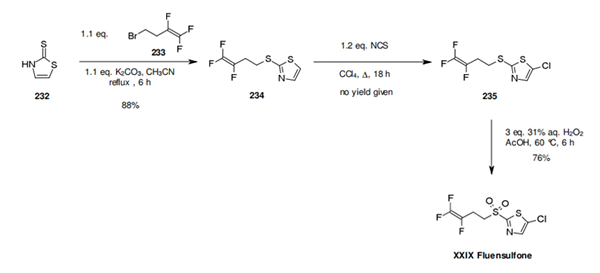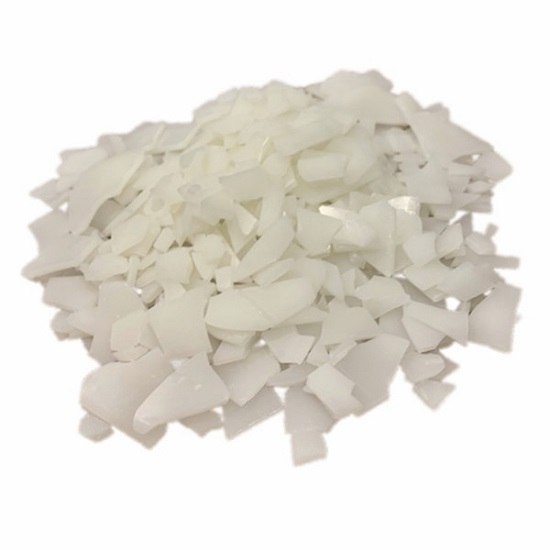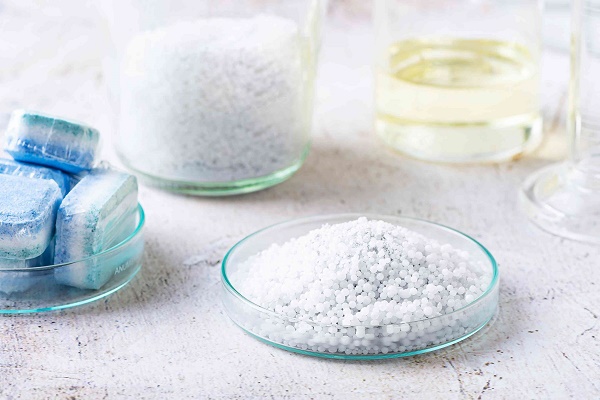What is the synthesis of the nematicides Tioxazafen?
Tioxazafen, currently under development by Monsanto, is a compound which is claimed to be useable in seed treatment for the control of nematodes in corn and soy.
Mar 1,2024 Chemical pesticides What is the synthesis of the nematicide Fluensulfone?
Fluensulfone is a new nematicide introduced to the market by ADAMA, although originally discovered at Bayer CropScience.
Mar 1,2024 Chemical pesticides Is Silicon Dioxide safe as a food additive?
As a food additive, Silicon Dioxide is an anticaking agent to avoid clumping. In supplements, it prevents the various powdered ingredients from sticking together.
Mar 1,2024 Food AdditivesAfidopyropen: Synthesis and Introduction
Afidopyropen is a new, natural product derived insecticide.
Mar 1,2024 Chemical pesticides Does Nylon Shrink In The Dryer Or When Washed?
While pure 100% nylon will not shrink in your washer, blended nylon fabrics containing rayon or cotton fibers can. These fibers absorb water better than nylon, causing them to expand as the fabric shr
Mar 1,2024 Catalyst and AuxiliaryCyclodextrins: α-cyclodextrin, β-cyclodextrin, and γ-cyclodextrin
Cyclodextrins (CDs) are cyclic oligosaccharides of six or more α-1,4-linked glucose units. CDs of 6, 7, and 8 α-d-glucose residues are called α-, β-, and γ-CD, respectively.
Mar 1,2024 Biochemical EngineeringWhat is Sodium Lauroyl Methyl Isethionate?
Sodium lauroyl methyl isethionate is a cleansing agent that can be found in clarifying shampoos, body washes and even toothpastes.
Mar 1,2024 SurfactantSodium bisulfate: uses, Produce method, and Regulation
Sodium bisulfate has been used in various food matrices for pH reduction.
Mar 1,2024 Inorganic saltsDoes Melatonin Expire?
Like many other supplements, melatonin supplements do expire. It have an expiration date because the active ingredients in melatonin pills can degrade over time, making them less effective.
Mar 1,2024 API1-Fluoronaphthalene: Overview, Biological Activities and Applications in Organic Solar Cells
1-Fluoronaphthalene is a stable compound metabolized by C. elegans, used to synthesize LY248686, and enhances organic solar cell performance through improved morphology control.
Mar 1,2024 API












